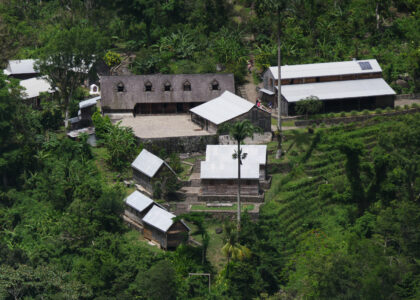Welcome to the Reginald F. Lewis Museum of Maryland African American History & Culture, a beacon of African American heritage and history right here in Baltimore. Established in 2005, this museum stands as a testament to the profound impact African Americans have had on the state of Maryland over the last 400 years. Named after Reginald F. Lewis, the first African American to build a billion-dollar company, the museum was born from a vision to educate and enlighten future generations about the rich cultural tapestry of African American history. Lewis, a Baltimore native and a visionary businessman, exemplified success against the odds, and his legacy continues through this museum.
The museum’s creation story is a testament to the power of community and dedication. Initial funding came from a $1.5 million donation by Baltimore Orioles owner Peter G. Aguilar, which was crucial in securing a $31 million government appropriation to build the museum. Further financial support from the Reginald F. Lewis Foundation ensured that the museum could offer comprehensive educational programming. Thus, from its inception, the museum has been a collaborative effort, reflecting the community’s commitment to preserving history.
The museum houses an impressive collection of over 11,000 objects, artifacts, documents, and photographs. These items span several centuries, illustrating the diverse contributions of African American Marylanders in areas such as labor, art, intellect, and family life. Among the museum’s notable exhibits are the ‘Slave Ship Speaks: The Wreck of the Henrietta Marie’ and artworks by renowned African American artists Romare Bearden and Jacob Lawrence.
Designed by architects Phil Freelon and Gary Bowden, the museum’s architecture itself is a piece of art. It draws on the colors of the Maryland state flag and uses them to create a vibrant and welcoming atmosphere. The building is a significant addition to Baltimore’s Inner Harbor and was the first notable structure in the area designed by African American architects, further embedding the museum’s mission into its physical presence.
This museum is not just a repository of history; it’s an active participant in ongoing cultural conversations. It champions initiatives like the Maryland Lynching Truth and Reconciliation Commission and was instrumental in developing an African American curriculum for Maryland schools. These efforts underscore the museum’s role as a catalyst for change and education.
As you explore the museum, consider the stories these walls hold—from the everyday lives of African Americans in Maryland to the extraordinary achievements of individuals like Reginald F. Lewis. Each exhibit offers a window into the past, challenging us to think critically about history and its impact on our present and future.





